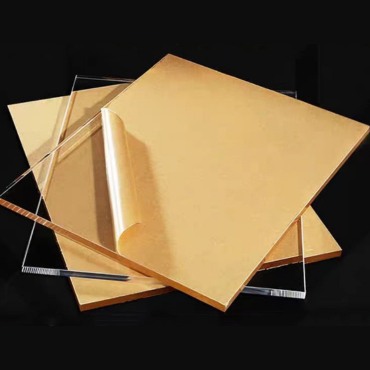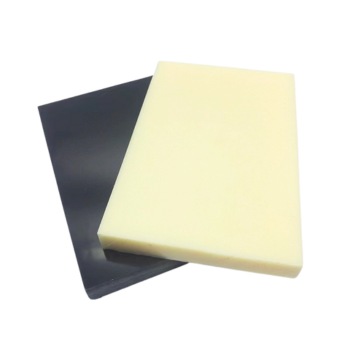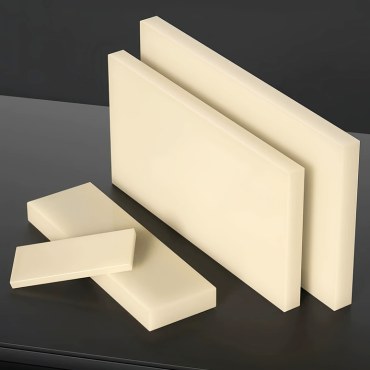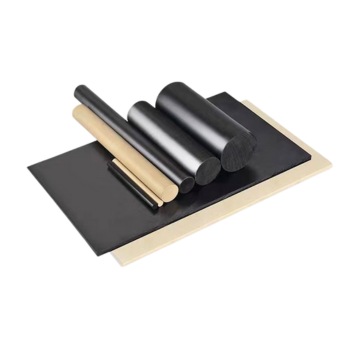Polyoxymethylene (POM) is more than just an engineering plastic—it’s a pivotal resource in high-performance manufacturing. Known for its stellar mechanical properties and adaptability, POM is the go-to material for precision parts in demanding industries. Here’s why and how to leverage its full potential through CNC machining.
Read More
Why Choose POM for CNC Machining?
- Exceptional Machinability
POM stands out with its ease of machining, which includes CNC operations, injection molding, and extrusion. This quality makes it possible to achieve high precision and complex geometries effortlessly. - Superior Mechanical Properties
With outstanding tensile strength and impact resistance, POM can handle high-load applications making it ideal for manufacturing robust mechanical components. - Low Friction Coefficient
The low friction coefficient of POM allows for operation under unlubricated conditions, minimizing wear and extending the lifespan of components. - Excellent Chemical Resistance
POM’s resistance to various chemicals, fuels, and lubricants enhances its durability and suitability across multiple environments without the risk of corrosion.
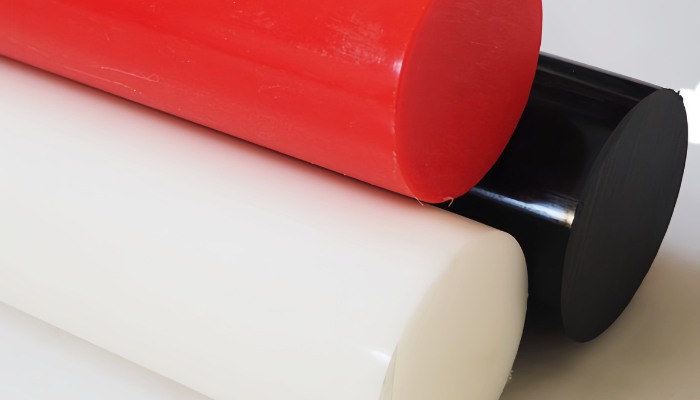
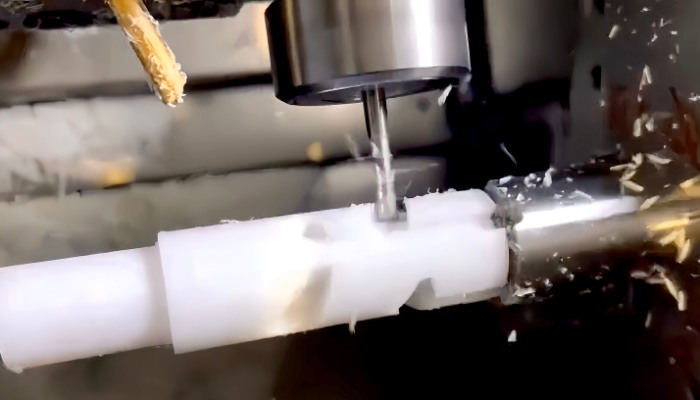
Advanced POM Machining Techniques
- Milling and Turning
Remove excess material with precision using advanced milling and turning processes, perfect for crafting intricate parts and prototypes. - Laser Cutting
For complex patterns and fine details, laser cutting offers a high-precision method that ensures smooth, clean edges. - Injection Molding
Ideal for mass production, this technique involves melting and injecting POM pellets into molds to quickly and efficiently create large volumes of complex parts.
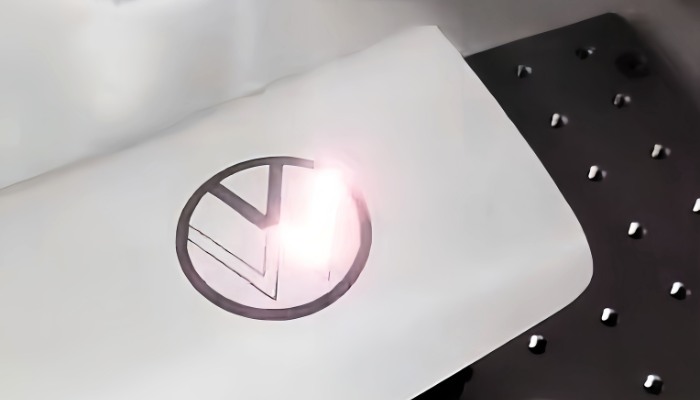
Key Performance Metrics for POM
| Property | Numerical value |
| Density | 1.41-1.43 g/cm³ |
| Melting Point | 165-175°C |
| Hardness (Shore D) | M80-M90 |
| Water Absorption | M80-M90 |
| Heat Distortion Temperature | 110-120°C |
| Tensile Strength | 70Mpa |
| Yield Strength | 50-60 MPa |
| Elongation | 20-50% |




